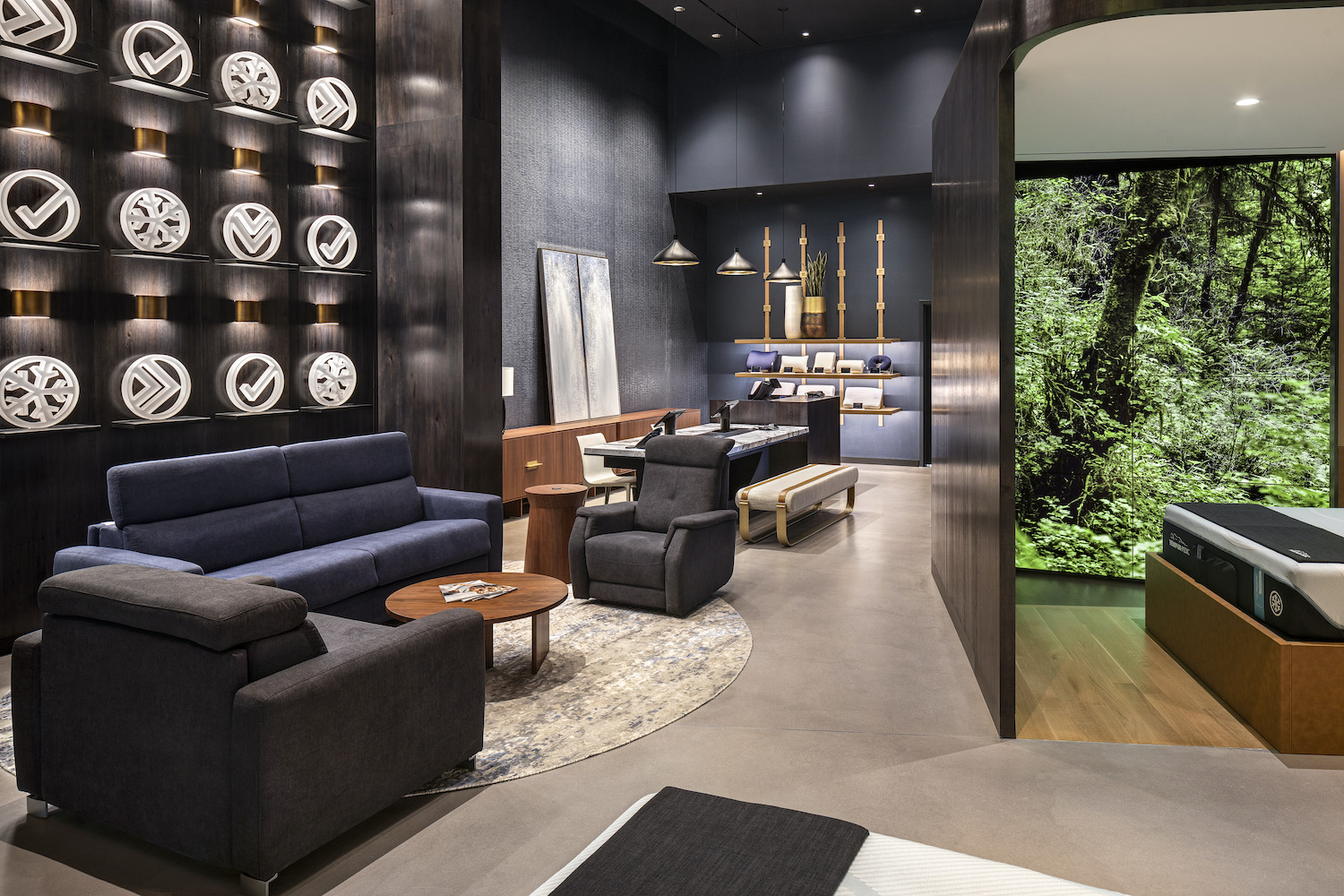Global architecture, planning and design firm CallisonRTKL has released its Forecast 2022 report – looking at the accelerators, disruptors, and constants shaping the built retail environment in the year to come.
“It’s all about the Anti-Narrative Narrative,” predicts CallisonRTKL.
The retail industry and many brands themselves have developed an obsession with experiences that communicate a story – a narrative that explains why it does what it does. Consumers care less now for these stories than they do for convenience.
In 2022, we will see physical retail environments simplify in-person transactions. Enabled by mobile digital tools, they will offer more bespoke, localised and service-based experiences. Digital interactions will focus on the consumer rather than the brand and leverage integrated technology that links to their profile in the metaverse, which seamlessly extends into the physical realm.
Technology within the physical store will focus on digitising operations and enabling employees to deliver a more personalised shopping experience where product advice and brand advocacy come across with greater authenticity.
Take for example, the Tempur-Pedic NYC Flagship, where a one-of-a-kind immersive digital experience was created as a way of connecting the consumers to the product, to the brand, to other consumers, to their optimal health, and to nature beyond. We are likely to see this type of initiative come into other markets such as the UK and Europe.
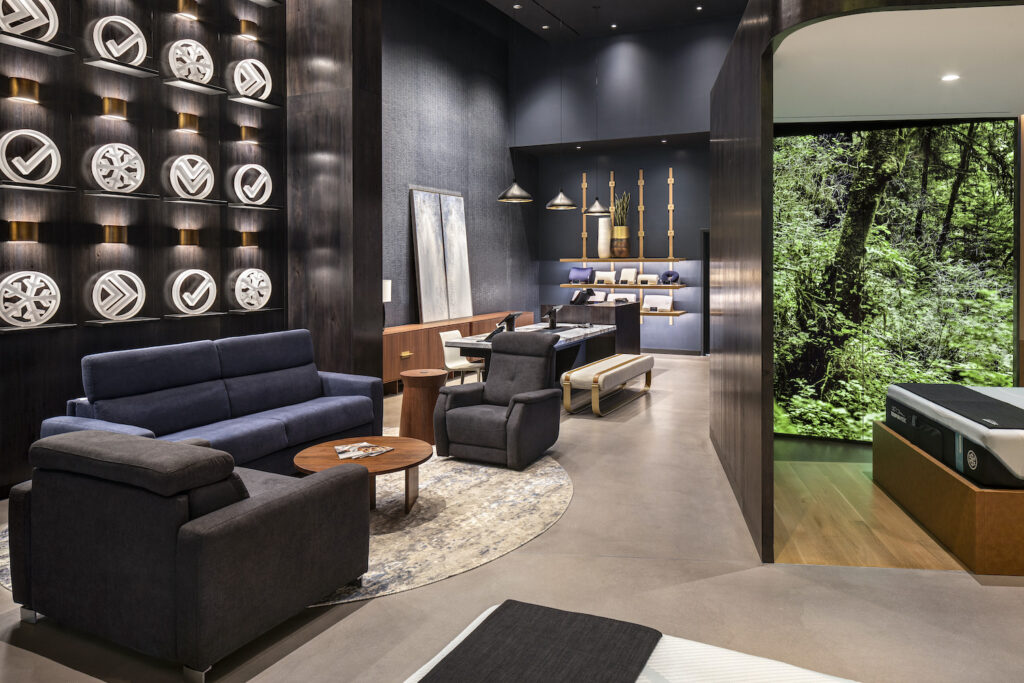
Retailers are already redesigning brick-and-mortar locations to accommodate product distribution, converting retail stores into micro-fulfilment spaces and offering curb side pick-up and return services, many large stores are also looking to distribute essential customer services across a small network of physical locations.

With small-format stores dedicated to fulfilment, higher-profile stores can act as showrooms or experiential locations.
“The 2022 store will be about how things feel, fit and function – digital design can be leveraged to enrich and educate, with its central goal being the creation of a more seamless experience,” says Paul Conder, CRTKL Principal.
Focusing on key themes of escapism, sustainability, access to nature, and multi-sensory experiences, the store elevates the conversation beyond any one purchase and taps into the lifestyle and wellbeing aspirations of its clientele through seamless and responsive technology.
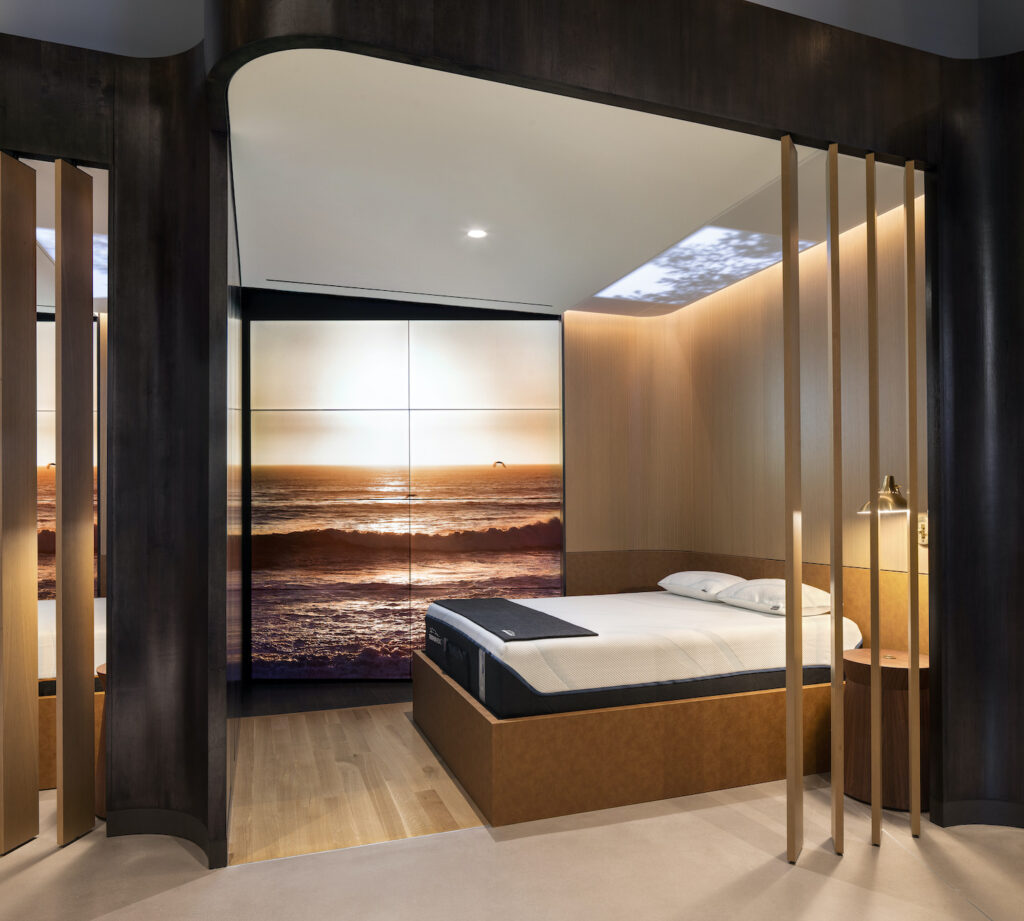
Meanwhile, existing anchor spaces are being repurposed into fulfilment warehouses and operational hubs to help improve last-mile delivery speed. These large, empty anchor spaces are finding new purpose in fulfilling orders and meeting growing sales demand. In this sense, big-box stores on the periphery of urban centres are becoming mini-warehouses that coordinate pick-ups and deliveries.
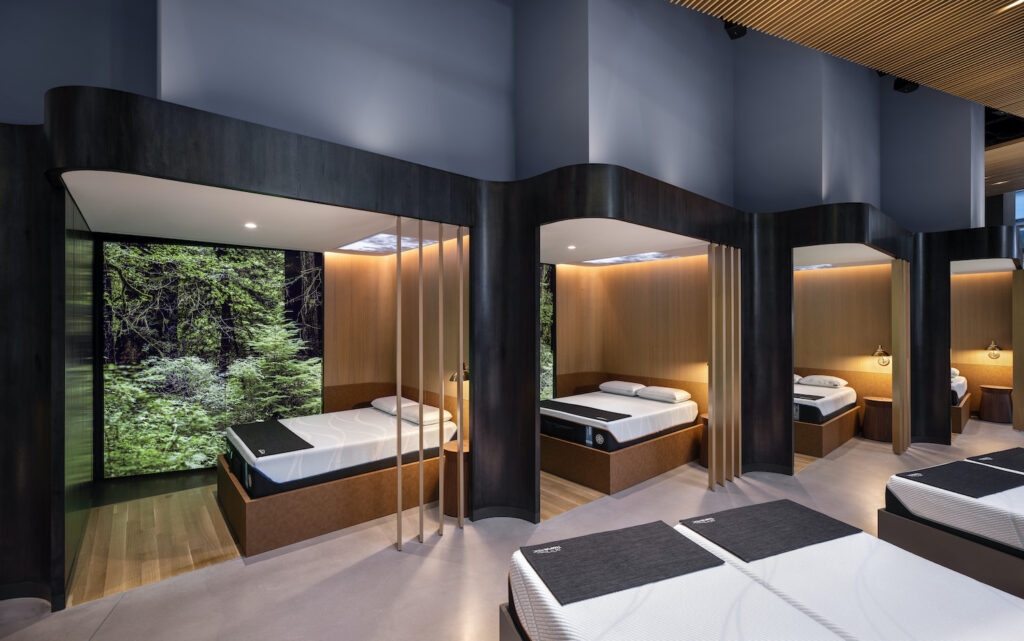
Although the digital retail experience and technological innovation of customer service are well-established, the issues arising in the last mile of delivery are not something the retail industry can fix on its own. Retailers in urban environments are now facing operational and logistical challenges with storage, distribution, traffic congestion, and curb side management. To solve these issues, urban mixed-use touchpoints for retail are emerging.
Closer to town, urban shopping centres and high streets are finding new opportunities to reconnect, recharge and redefine the community by recurving existing structures and adding new residential, commercial, and hospitality offers into the mix.
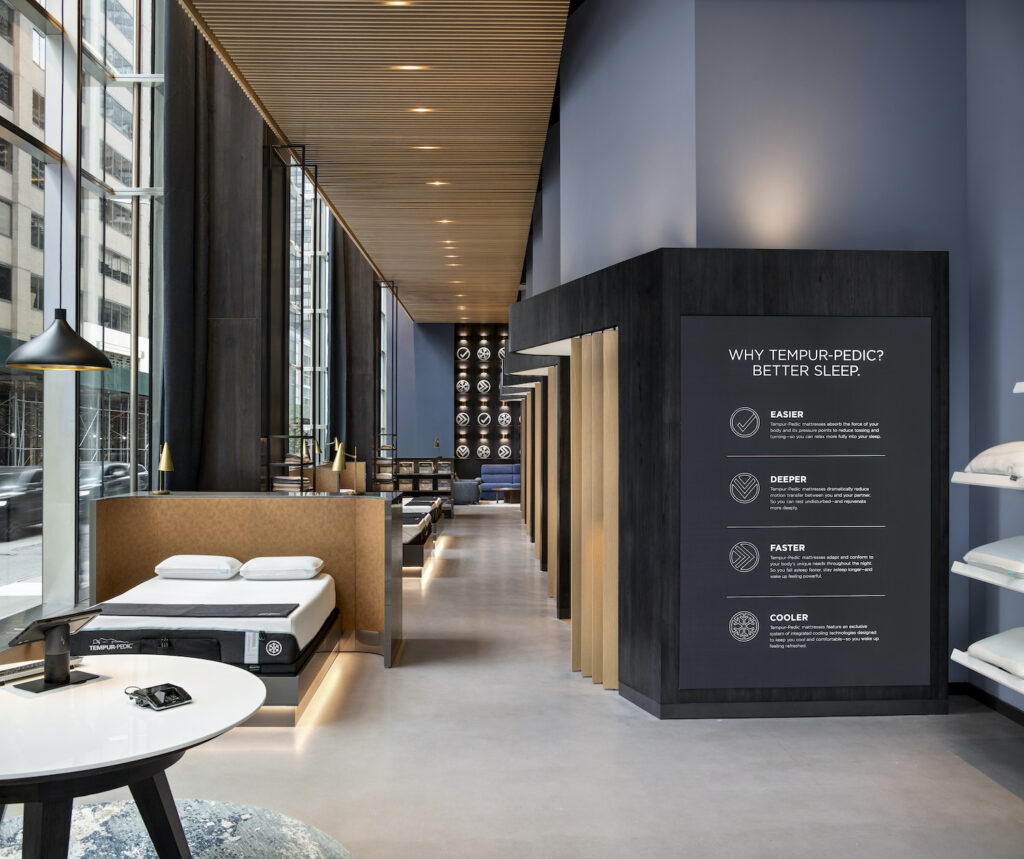
Updates to planning legislation, such as those made to the Permitted Development rights in England are further incentivising this and shorter, more flexible leasing terms. This opens up physical retail to non-traditional, independent brands, and local operators, which can now have a presence on the high street. In turn, high streets benefit from a more unique and diverse mix of offerings that see pure-play retail strips transformed into community hubs for commerce and culture alike.
